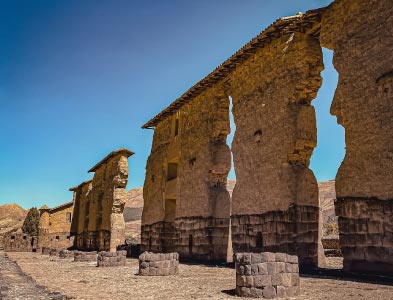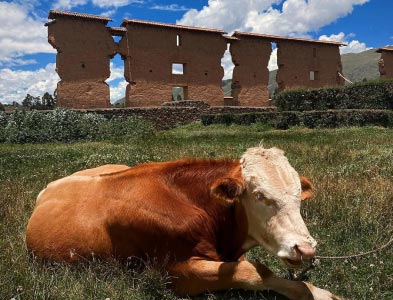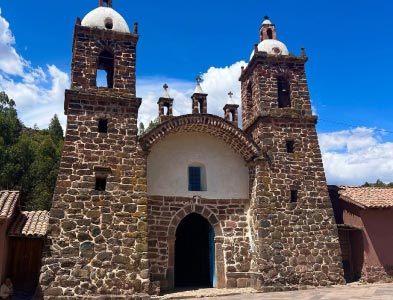Before 15th century Pre-Inca period
Archaeological remains indicate early occupation by pre-Inca cultures evidenced by ceramics
A lesser-known yet spectacular archaeological site that offers a rare combination of Inca ruins and vibrant local traditions. Recognized as one of the “Best Tourism Villages” by the United Nations World Tourism Organization (UNWTO), Raqchi invites travelers to step into a living landscape of history, architecture, and culture. Check below to see all you need to know about this hidden gem in Peru!
Raqchi was an important ceremonial and administrative center during the Inca Empire. Built under Inca Pachacútec in the 15th century, the site honored Wiracocha, the highest god in the Andean pantheon. The Temple of Wiracocha is one of the tallest and most unusual Inca constructions ever discovered, with a central adobe wall flanked by stone columns and side rooms. The complex also includes storage structures and parts of the ancient Inca road system. Raqchi was logistically and spiritually important since its strategic location along the route.
Archaeological remains indicate early occupation by pre-Inca cultures evidenced by ceramics
Under many incas rules, Raqchi was transformed into a major ceremonial and administrative center, dedicated to the sun god Wiracocha
The site was abandoned after the Spanish conquest and fell into ruins
Archaeologists excavated the site, documented its structures, and it became a prominent tourist destination on the route
Archaeological remains indicate early occupation by pre-Inca cultures evidenced by ceramics
Under many incas rules, Raqchi was transformed into a major ceremonial and administrative center, dedicated to the sun god Wiracocha
The site was abandoned after the Spanish conquest and fell into ruins
Archaeologists excavated the site, documented its structures, and it became a prominent tourist destination on the route



Is in the province of Canchis, about 3 hours from Cusco, at around 3,460 meters (11,417 feet) above sea level.
Of course! Our guide provides deeper insights and knowledge of the complex.
Yes! The local community offers handmade pottery, textiles, and other crafts
Absolutely. It’s a unique combination of majestic ruins and living Andean culture, without the crowds of more famous sites.